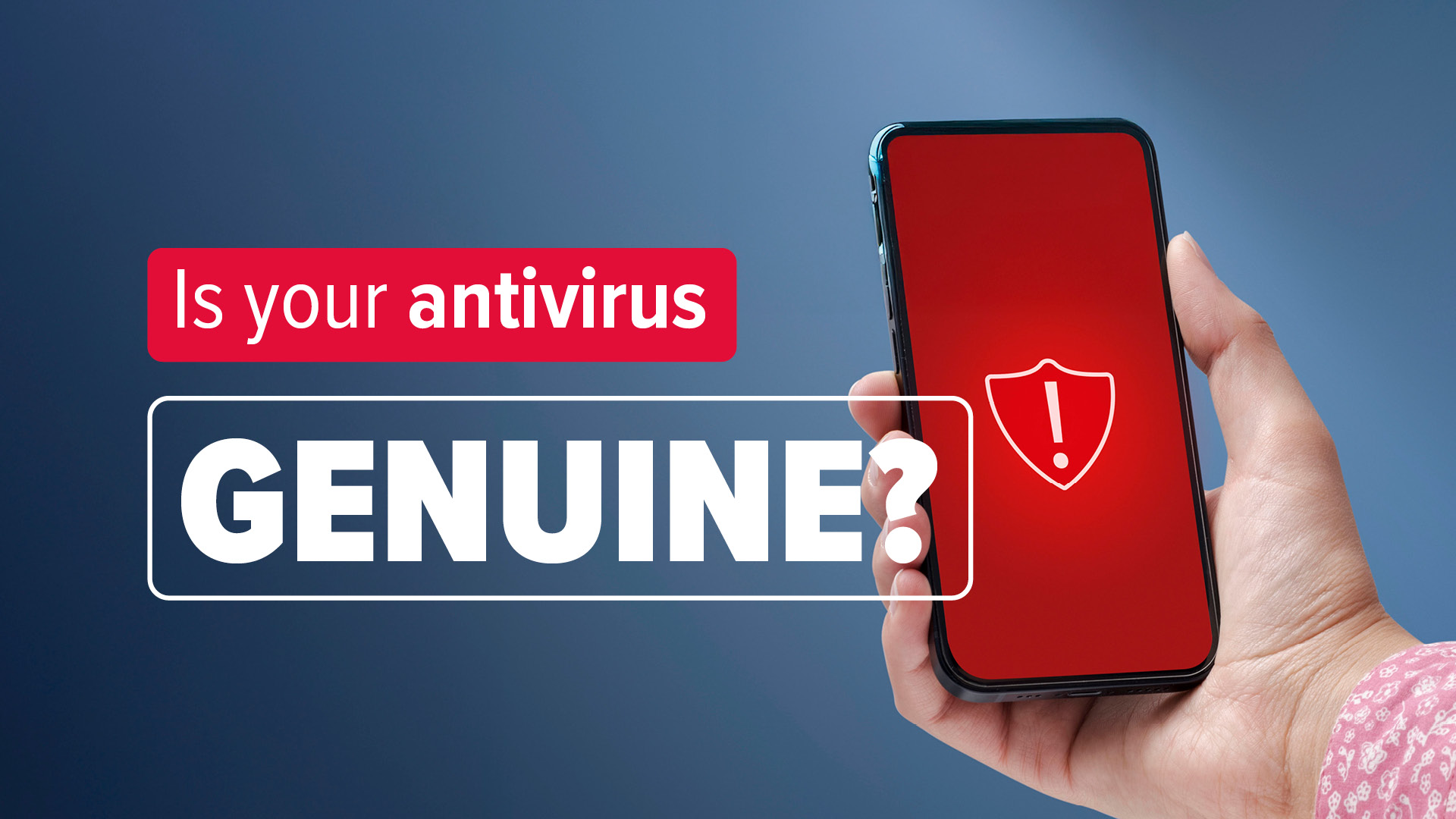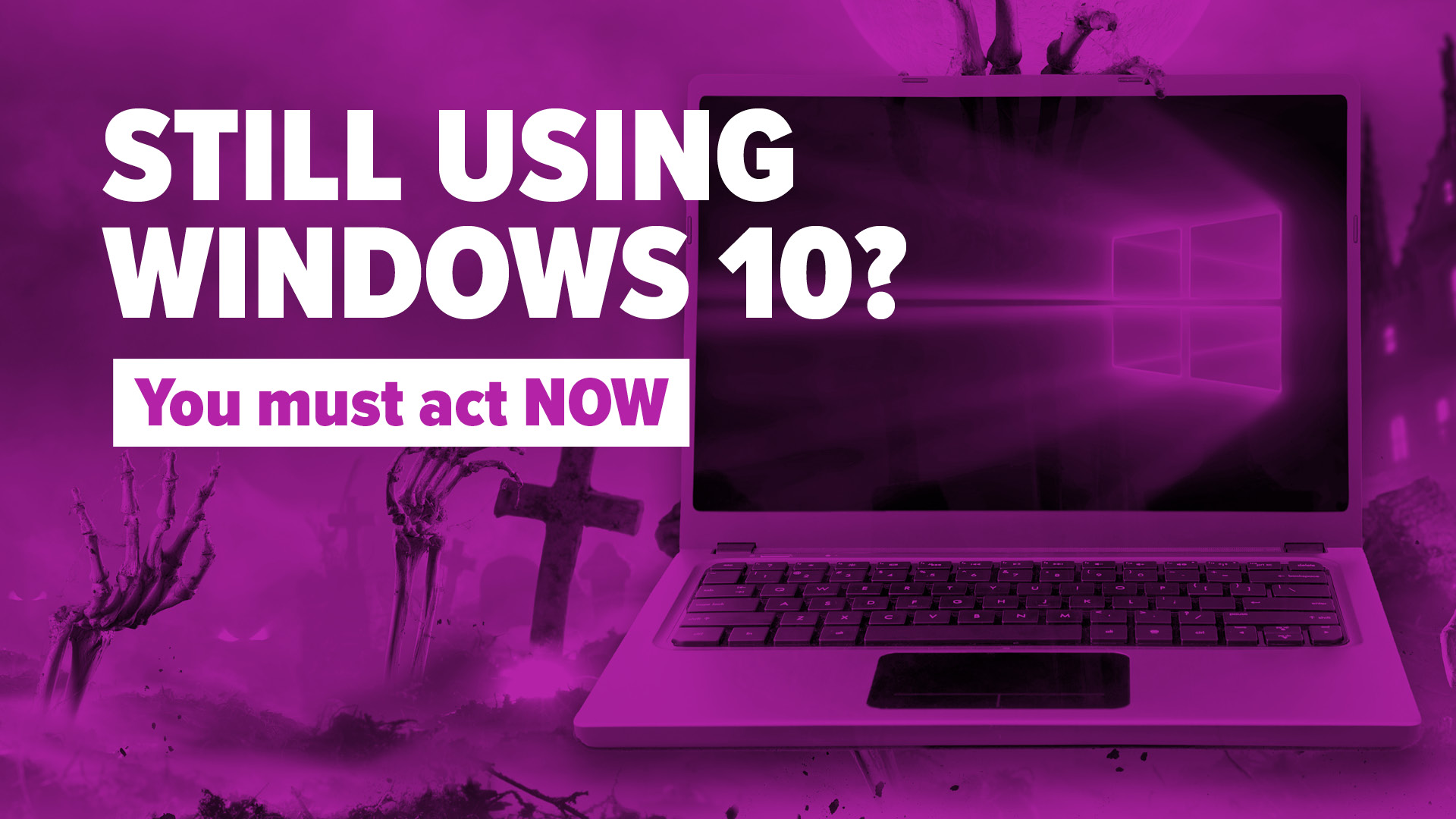Have you ever tried to follow a crime documentary where the main suspect keeps changing names? It’s confusing—and that’s exactly what’s been happening in the world of cyber security.
Right now, the same hacking group can be known by several different names, depending on which security company is tracking them. Microsoft, Google, CrowdStrike, and others all use their own labels. For business owners and IT professionals alike, this makes understanding cyber threats unnecessarily complicated and can slow down the response to an attack.
To tackle this, Microsoft and CrowdStrike have announced they’re working together to create a standard naming system for hacker groups. The idea is simple: each group will have one agreed-upon name, no matter who’s talking about them. This isn’t just about tidying up terminology—it’s about speeding up how quickly businesses can identify and react to threats.
For example, a group targeting UK businesses might be called Salt Typhoon by Microsoft, but another firm might use names like GhostEmperor or OPERATOR PANDA for the same group. If you’re not aware these are actually the same threat, it’s easy to miss crucial details—something you can’t afford when facing a cyber attack.
The new system will use weather-themed terms to categorise groups by type and origin. For instance, Chinese state-backed hackers will have “Typhoon” in their name, Russian groups will use “Blizzard”, and other attackers, such as ransomware gangs, will be labelled as “Tempest”, “Storm”, or “Tsunami”.
Why does this matter to your business? The clearer cyber threats are identified and communicated, the easier it is for your IT team or cyber security partner to spot patterns and respond quickly. Better threat intelligence means fewer surprises and a stronger defence for your business.
This collaboration between major industry players like Microsoft and CrowdStrike helps level the playing field for smaller businesses. You don’t need to be a cyber security expert to benefit—just knowing everyone is using the same language when a threat emerges can make a significant difference.
While this change might not make front-page news, it’s a positive step towards a safer, more organised approach to cyber security for businesses of all sizes.
If you’d like to know more about protecting your business from cyber threats, or want advice on your cyber security strategy, feel free to get in touch.










